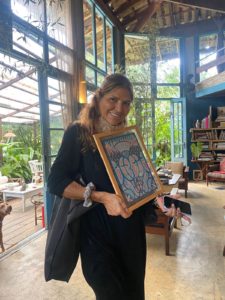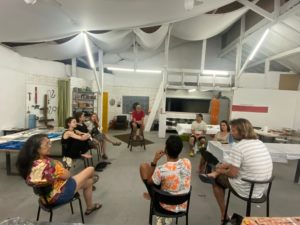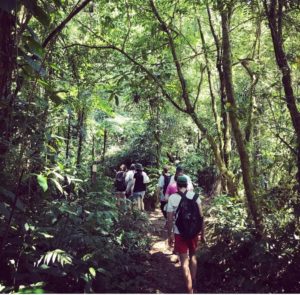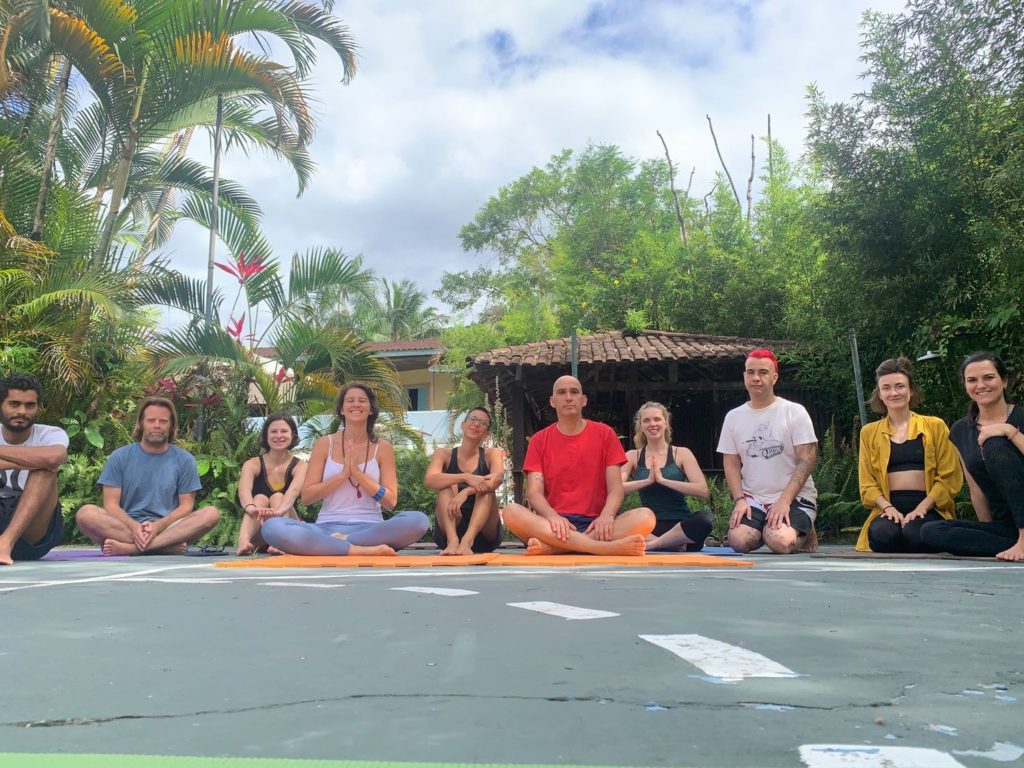São Paulo – Lourdina Jean Rabieh was born in Lebanon and lived in the country for 14 years. But the civil war, which began in 1975, forced her and her family to leave their homeland, searching for a new destination to live peacefully. “We never imagined we would stay here forever, but the war only had a truce after 15 years. I could only return to Lebanon when I was almost 30 years old,” said Lourdina.

At the age of 18, new events brought more changes to the Lebanese’s life. She was introduced to the art world by a friend who worked in the area. Despite enjoying this new universe, she joined the Business Administration undergraduate course. Lourdina worked for a year in a bank. “Due to the fact I speak several languages, I was sent to do an internship in New York (United States), but I gave up after a year to dedicate myself to the art market, in which I continue until now,” she says.
Lourdina worked for 15 years at the biggest auction house in São Paulo, then worked at Christie’s auction house, located in London (England), and obtained a degree in the European country in Art History, focused on the identification, cataloging, and evaluation of works.
After that, she returned to Brazil and opened her own art space, Galeria Rabieh, which operated from 2006 to 2020, in São Paulo. “During the years I worked with art, my brother built an inn on the North Coast, in Boiçucanga, of which I became a partner. It worked for 20 years until, in 2017, we transformed it into a space dedicated to art, as an artist residency, the Kaaysá Art Residency.” Boiçucanga is a beach in the city of São Sebastião, on the coast of the state of São Paulo.

At 60 years old, the entrepreneur manages, together with her brother, the autonomous organization, which does not receive money from sponsors. The residence, located 160 kilometers away from the capital city of São Paulo, welcomes visual artists, writers, musicians, actors, filmmakers, and photographers from all over Brazil and the world to exchange experiences.
The stay duration depends on each professional’s goals; they can choose between only ten days or up to six months. To become accepted, artists must register through the website and fill in personal information. After going through a selection, the artist needs to pay an amount for their stay or has the option of asking for help from the consulate or applying for a grant from the government of their country.
Kaaysá, which relies on financial contributions from artists and other supporters, has served over 500 artists and hosted over 40 local and international curators in nearly five years.
How does space work?

According to Lourdina, the idea of transforming the inn into an artist residency came about during her visits to art shows in Brazil and abroad. In these places, the art market specialist saw artists were offered awards and residency grants. After researching to understand how residences like those worked, she decided to apply the idea to the inn.
“It has been a success among artists and all cultural agents. The artists leave the place ‘transformed’ from a residency program, where they exchange and live experiences between them and the other participating artists, as well as between guest curators and the local community of fishermen, Indigenous people, and locals,” explained the Lebanese.

As soon as the artists arrive at Kaaysá, they get to know the surroundings and take a trail to the forest. Guided by a biologist, the new residents learn everything about the fauna and flora of the Atlantic Forest. Then they visit the fishing village, the beach, the neighborhoods of Boiçucanga, and the Guarani indigenous village, located half an hour away by car.
During their stay, participants do readings and watch art films, and each artist shows their portfolio to everyone, answering questions and doubts. Residents stay in identical rooms and can enjoy several common spaces for production, such as a collective atelier, a carpentry shop, an oven for firing ceramics, a music recording studio with many instruments and a soundboard, and a communal kitchen, laundry, and bicycles for common use.
Welcoming Arab Artists
Lourdina said, two years ago, she hosted a group of Lebanese artists who had lost everything during the explosion in the port of Beirut. They stayed for five weeks at the place and were introduced to several Brazilian artists and curators; and also got to know the surroundings and visited museums and galleries in São Paulo. “It is great to receive artists who speak our language,” she said.
In addition to the Lebanese, the residence has also hosted a musician of Palestinian origin born in Jordan. Hosam Omran had the support of the Arab Brazilian Chamber of Commerce (ABCC) to carry out his residency in Kaaysá. “We are very interested in promoting the residency in the Arab countries, and we are sure this will greatly improve our cultural relations and exchange between Brazil and these countries,” she added.
Contact:
Kaaysá Art Residency
Email: info@kaaysa.com
Instagram: Kaaysa_artresidency
WhatsApp +55 (11) 98348 7849
*Special report by Rebecca Vettore for ANBA.
Translated by Elúsio Brasileiro




